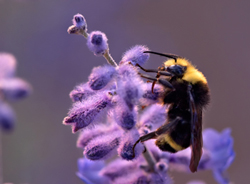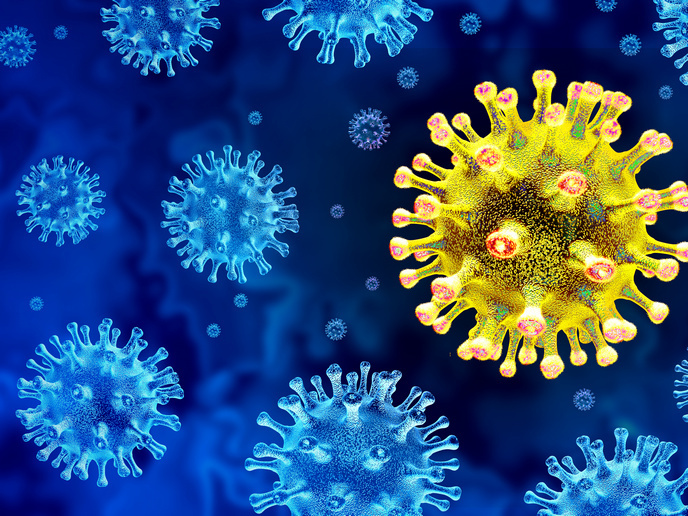The effects of Microsporidia infection in bumblebees
Bumblebees are reared to aid in the pollination of crops. European companies supply the world market with this important pollinator. Some crops cannot be fully produced within the EU without the aid of bumblebees. In order to safeguard colonies it is vital to understand the causative agents of bumblebee diseases so that they can be properly controlled. It is crucial that the introduction of parasites into new areas or host species is avoided. Infection by Microsporidia often results in chronic debilitating disease in the host. It can cause reduced longevity, fertility, weight and vigour. The parasite can pass from the ovaries of the queen into eggs, eventually multiplying in infected larvae. The POLLINATOR PARASITES project studied the impact of the Microspodia Nosema bombi on colonies of bumblebees. The project developed sensitive tools to detect the parasite. Spores were taken from adult Bombus terrestris (buff-tailed or large earth bumblebees) and administered to individual worker and queen larvae. The result was an infection rate of 13% for queens. Following hibernation the founding rate of new colonies was 33% for control queens. However, the founding rate for queens infected with N. bombi was only 4%. In some queens the parasite could not be detected in the intestines. However, parasite DNA was detected in the ovaries by using molecular detection techniques developed by the project. This suggests transovarial parasite transmission, although this route of transmission still needs to be verified. It was discovered that if a colony becomes infected at an early stage of its development virtually all the bumblebees become infected. Furthermore, spores were found in different tissues. The result was that the functional fitness of males and young queens was reduced to zero. The survival rate of infected males and workers was also greatly reduced. The effects were so severe that the transmission rate of N. bombi to the next generation were reduced. The results suggest that the parasite needs to infect colonies and or queens that go into hibernation late in the season. If this is not the case parasite transfer to the following season will be impaired.







